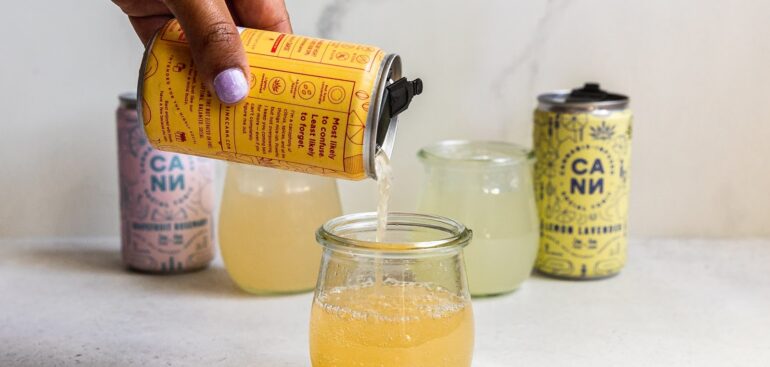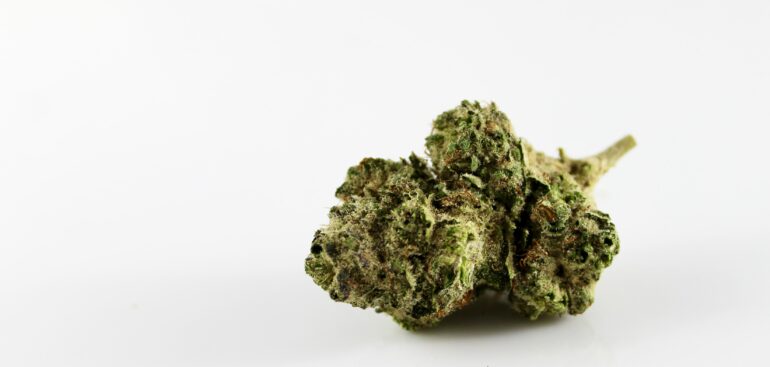Nowadays, CBD seems to be everywhere you go, from your convenience store Kombucha to your local coffee shops CBD latte, but have you ever stopped to think about the legality behind your drink? It might be time.
The cannabis plant is complex, with over a hundred cannabinoids and terpenes that all have different applications. To those that are outside of the cannabis and hemp industry, the two most well known are THC and CBD. THC, short for Δ-9-tetrahydrocannabinol, produces the well-known users’ “high.” On the other hand, CBD is short for cannabidiol, where users do not experience the psychoactive effect, and more than 60% of CBD users are taking it for anxiety. However, there has been much discussion about whether or not you need THC for CBD to work?
After the 2018 Farm Bill, financial institutions have been struggling to come to terms with how to regulate their hemp-related business customers. FinCEN, the Financial Crimes Enforcement Network, sets regulatory guidelines for banks to follow when conducting their customer due diligence. The International Compliance Association describes customer due diligence as the process in which banks decide how much risk they are willing to take on when signing on a new banking customer. For a little over a year, many banks have remained skeptical about working with customers in the hemp industry. This skepticism can be attributed to their lack of understanding of the differences between cannabis, CBD, CBG, Hemp, other cannabinoids, and overall uncertainties in conducting a thorough analysis across the hemp supply chain.
Cannabis Sativa L. is a genus or family of plants, whereunder Federal and State laws have subdivided the greater industry of a single genus of a plant into two distinct divisions. The discontinuities between the Federal regulation of industrial hemp, and lack thereof for medicinal and recreational marijuana, has bred the two industries to coexist, but have zero crossovers in terms of a shared market. Although the marijuana and hemp industries have operated independently for the entirety of their existence in the US economy, it is noteworthy to see evidence of fundamental changes. Recent developments in Colorado and Illinois opened the doors to the sale of industrial hemp-derived products in marijuana dispensaries, creating a small but noteworthy bridge between the two industries and adding a potential source of demand.




